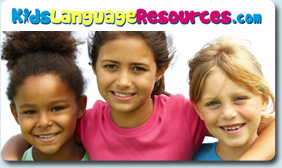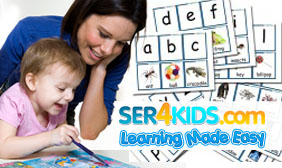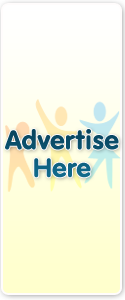Lesson Activities for Autumn

When the weather starts to turn, particularly in Autumn, it is a great time to teach kids about weather, seasons, time and change.
The air is getting colder but warmer days can still linger so while teaching your child the vocabulary of all the clothing as they need it is a great way to explain the change of season’s weather and the way it makes us feel.
The leaves on trees are also changing and this is great way to help children understand the growth cycle of a tree or the cycle of seasons and time. Using our Life Cycle Sequencing Cards or Weather & Seasons Cards provides you with the images to help your child learn this.
For older children using a calendar to understand each season is made up of 3 months will not only help them understand the order of seasons but also provide reinforcement of the identity and order of the months in a year.
With the change in seasons also comes the opportunity to teach and  identify the vocabulary of different weather eg lightening, thunder, cyclones, storms, hail, rain, flooding, wind etc. A motivating way to re-enact the creation & damage hail can do is by freezing in various sizes and then throwing them at foil to see the bumps and holes it makes. Click here for ‘Making It Hail’ and other weather activities.
identify the vocabulary of different weather eg lightening, thunder, cyclones, storms, hail, rain, flooding, wind etc. A motivating way to re-enact the creation & damage hail can do is by freezing in various sizes and then throwing them at foil to see the bumps and holes it makes. Click here for ‘Making It Hail’ and other weather activities.
There are many arts and crafts activities that can be done with collected leaves as well, such as crayon rubbings, paint prints and collages. But my favourite is scrunching up leaves and creating pictures with them. Click here for ‘Crunchy Autumn Craft’ and other leaf activities.
For reinforcing letter recognition or learning to spell try collecting long thin leaves such as gum leaves to make them into letters – this a great one to learn how to spell their names.
 Leaves of all shapes can be collected and used to reinforce descriptive vocabulary. After collecting an assortment of leaves, sort them into: big, little, long, round, bumpy, smooth etc. Children can create their own little reader books by gluing their leaves on pages with descriptives written on each page.
Leaves of all shapes can be collected and used to reinforce descriptive vocabulary. After collecting an assortment of leaves, sort them into: big, little, long, round, bumpy, smooth etc. Children can create their own little reader books by gluing their leaves on pages with descriptives written on each page.
Placing leaves in lines of patterns is a great way to help little ones start to learn to sequence. Counting up the same amount of leaves is also a great way to help children learn one-to-one correspondence and again a little reader book can be created by gluing a quantity of leaves on a page and then labelling it with the correct number.
As part of planning your science lessons or helping your child understand change here’s a link to a simple video explaining Why Do Leaves Change Colors? that’s worth watching.

 Cart (0)
Cart (0)







